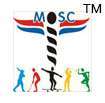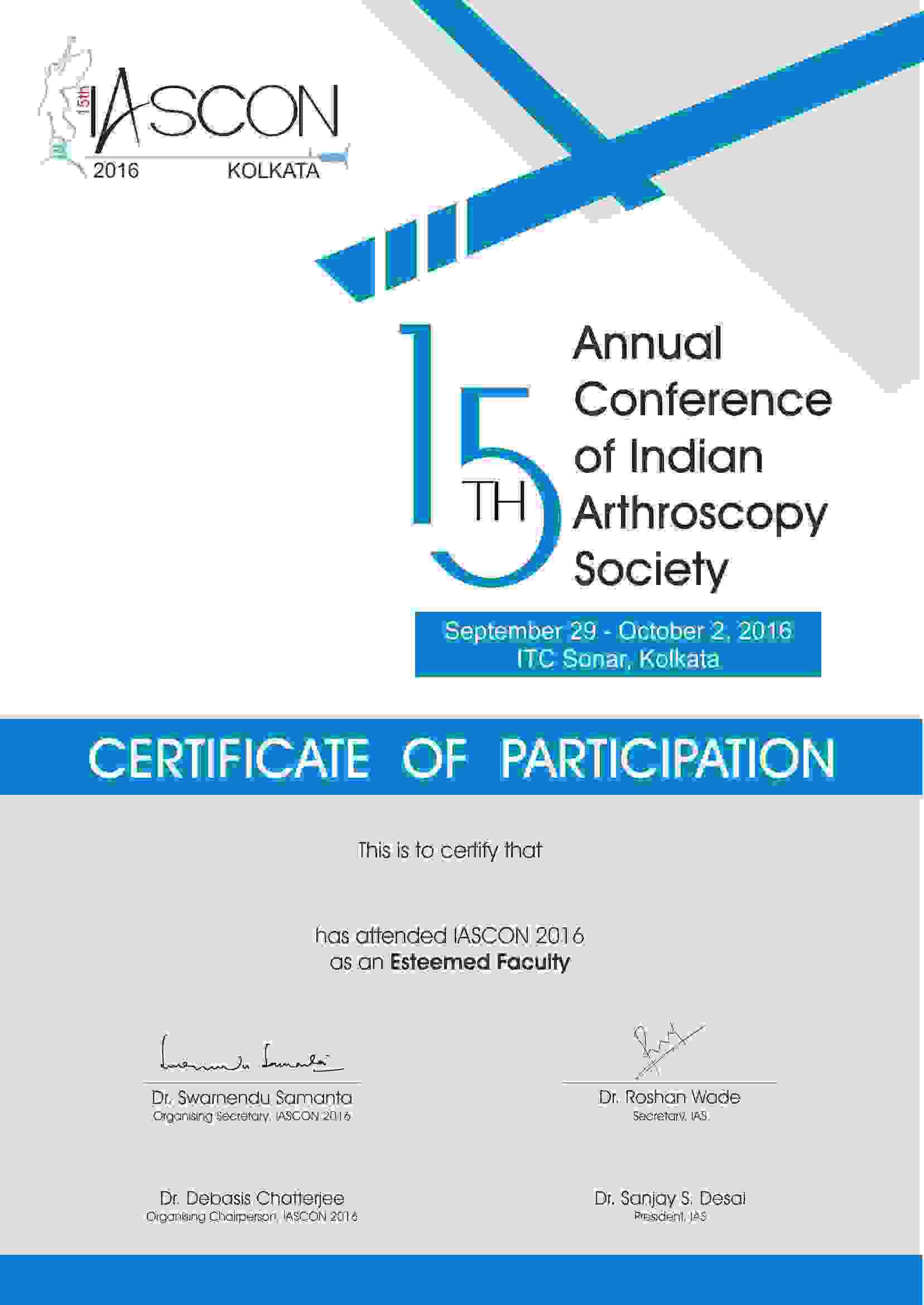Shoulder pain
Shoulder can be considered as a set of joints and associated muscles and tendons. This structure provides a wide range of motion. However, when the mobility increases considerably, various problems can affect the bones, tissues, muscles etc. All these problems are generally characterized by “Shoulder Pain”.
“Common shoulder problems “are generally categorized into:
- Arthritis: Arthritis can be regarded as a cause for shoulder pain. As previously discussed, osteoarthritis is the most common form of arthritis. The disorder is commonly related to acute wear & tear and work or sports related injuries. The disorder is more commonly seen in the middle aged.Shoulder movements are usually avoided for pain relief. However, prolonged rest may lead to shoulder stiffness also.
- Fractures: The important shoulder bones such as humerus, clavicle and scapula are affected. In older persons, shoulder fractures may be the result of accidents like falling from a height. However, in young individuals, high energy injury such as sports injury or motor accident can result in shoulder fracture.
Problems affecting the tendons:
- Tendinitis: Bone is connected to the muscle using a tendon. Most cases of tendinitis are caused due the wearing down of tendon. Tendinitis can be acute or chronic. Excessive physical activities are the major causes of acute tendinitis. Chronic tendinitis is caused due to age related wear & tears.Major tendons like the bicep tendons and the 4 rotator cuff tendons are affected.
- Bursitis: The main function of bursae is to act like a cushioning layer between the soft tissues and the bones. When the rigorous activities are done by the shoulder, swelling and inflammation results. The condition is referred to as subacromial bursitis.
- Tendon tears: They usually occur due degenerative tendon changes or due to various injuries. The tendon tears can either be partial or can split into 2 portions.
- Impingement: The condition of impingement occurs when the acromion exerts stress (impinges) on the underlying soft tissues. This particularly occurs when the arm gets elevated.
Shoulder Instability: Instability happens when the upper arm tip gets dislocated from the shoulder socket. This misalignment may be due to overuse or due to injuries. This dislocation can also be partial. The condition is referred to as subluxation. These dislocations can recur when the associated ligaments, muscles & tendons become loose. These repeated dislocations can cause shoulder instability.
Diagnosis: A severe pain occurring in the shoulder needs immediate consultation with a doctor. The doctor shall diagnose the cause of the problems with the help of several options such as:
- Medical History: Evaluation of the patient begins with medical history. The doctor enquires about various conditions that might have lead to the shoulder pain.
- Physical examination: This includes examining the shoulder for any kind of swelling, tenderness and other abnormalities. Determination of shoulder strength and range of motion is also another component.
- Tests: For the confirmation of diagnosis, various imaging tests may also be done. These tests include X-rays, MRI scan, CT scan, arthrogram, arthroscopy etc.During arthrogram, a suitable dye is injected into the shoulder in order to find out the damaged portions.
Treatment: Various forms of treatment exist for treating shoulder pains. The appropriate method is selected based on the diagnosis done. The general treatment methods include:
- Appropriate alterations in daily activities: Some kind of activities may increase the pain whereas the same activity performed in a different manner may reduce the pain. These mannerisms are done frequently rather than the strenuous ones. Physical therapy in the affected area also comes under this domain.
- Medications: They generally include medicines to decrease the swelling and inflammation. Steroids and other injections for numbing the area may also be administered.
- Surgery: It is believed that almost 90% cases of shoulder pain can be relieved by making use of simpler methods. However in severe cases, surgery may be necessary. The surgical procedures may be either arthroscopic or open surgeries.
- In cases like continuous dislocations & rotator cuff injuries, surgeries are prescribed early since non-surgical procedures do not have an impact on them.











